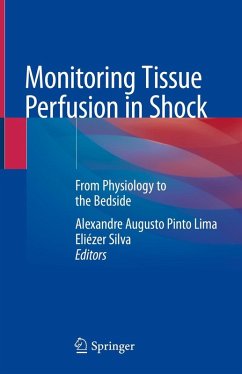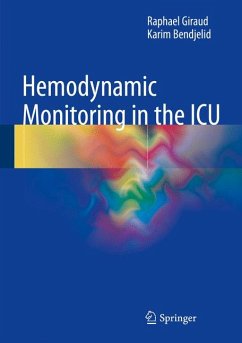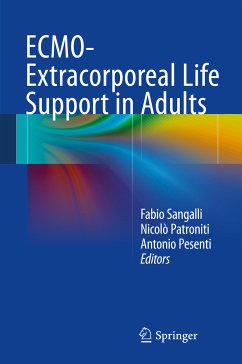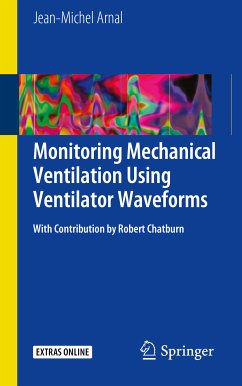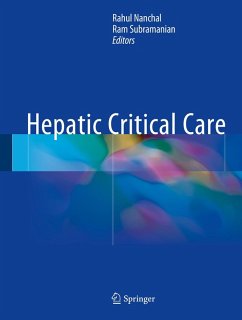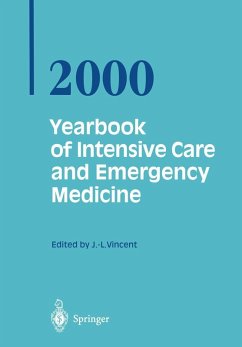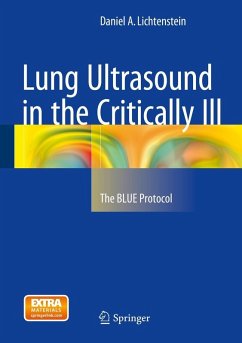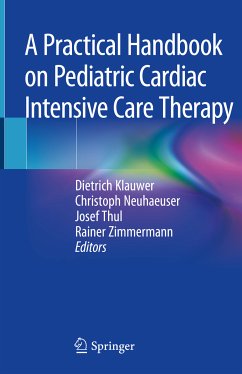
Hemodynamic Monitoring (eBook, PDF)
Versandkostenfrei!
Sofort per Download lieferbar
72,95 €
inkl. MwSt.
Weitere Ausgaben:

PAYBACK Punkte
36 °P sammeln!
Complete overview of the topic with practice-oriented indications
Thorough and invaluable "from-diagnosis-to-treatment" guide for residents in IC medicine
All chapters include both theoretical explanations and take home messages
Includes top-quality literature reviews that can be easily digested and used at the bedside to improve patients' outcomes
Edited and written by internationally respected experts in the field
Thorough and invaluable "from-diagnosis-to-treatment" guide for residents in IC medicine
All chapters include both theoretical explanations and take home messages
Includes top-quality literature reviews that can be easily digested and used at the bedside to improve patients' outcomes
Edited and written by internationally respected experts in the field
Dieser Download kann aus rechtlichen Gründen nur mit Rechnungsadresse in A, B, BG, CY, CZ, D, DK, EW, E, FIN, F, GR, HR, H, IRL, I, LT, L, LR, M, NL, PL, P, R, S, SLO, SK ausgeliefert werden.



